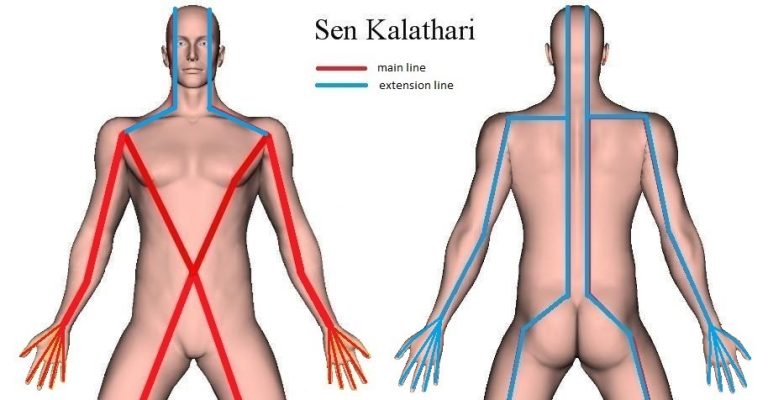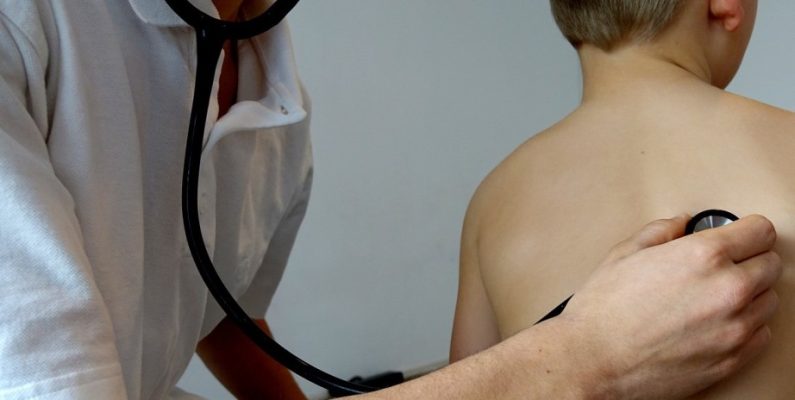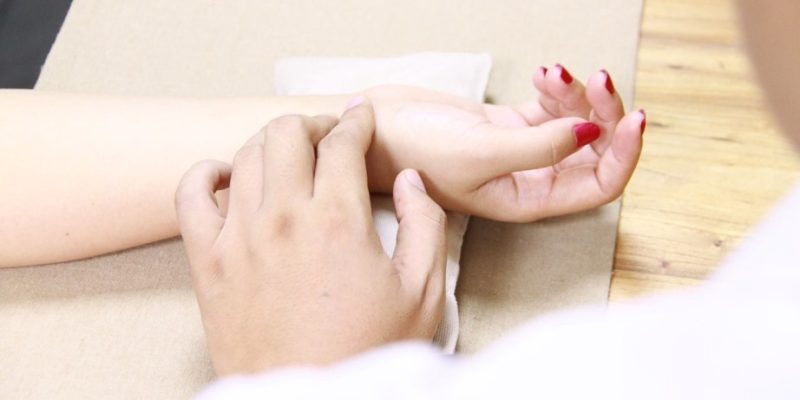
The Traditional Thai Medical Practice is an official branch of Thai Traditional Medicine (TTM) and covers assessment and diagnosis of diseases and symptoms and providing the appropriate prescriptions according to TTM concepts.

For those not familiar with TTM practices, assessment and diagnosis in TTM is probably a rather vague and complicated art, to say the least. In fact, we need to realize that there’s not one way of assessment and diagnosis in TTM; different therapists and distinct lineages use different methods and techniques.
At any rate, the basic principle of every branch of TTM is the knowledge of the Four Body Elements, their functions and their interrelations which affect health or illness of the individual. Yet, assessing and diagnosing diseases according to the Four Elements takes many years of practice to master.
Traditionally, Thai apprentices studied under competent teachers for many years (sometimes even decades) before they were considered competent healers able to practice on their own. However, today Thailand has official TTM studies on college level that would take two, three, four or more years of study depending on the branch or specialization in TTM.
At any rate, in a patient intake session the TTM doctor or practitioner would try to get a complete picture of the body systems involved in the disease by asking questions, observing symptoms and body language, and palpating the body of the patient.
Palpation is a very important technique and can give information about hot and cold areas, tightness or weakness, tensions and contractions, energy imbalances, mobility issues, position, location and state of internal organs, and the like.

The Ayurvedic system of Tridosha (assessing Vata, Pitta, and Kapha) may be used to assist in diagnosis. For those familiar with the Tridosha system: excessive Vata corresponds to excess of the Air element; excessive Pitta corresponds to excess of the Fire and Water elements; and excessive Kapha corresponds to excess of the Earth and Water elements.
In addition, other diagnostic techniques such as astrology, phrenology, iridology, postural tests, reflexology, experience, intuition, “feeling energy,” the patient’s Dominant Body Element, tongue diagnosis, and pulse diagnosis are also used by TTM practitioners, often as a mix of Thai indigenous and Traditional Chinese Medicine (TCM) techniques of assessment and diagnosis.
After the affected body systems are identified, the TTM practitioner would determine whether the disorder is manifesting as an excess, depletion, or dysfunction (disability) of one or more of the Four Body Elements. Symptoms can often appear as a mix of excess and depletion, and can appear in more than one body system.
Excess is typically accompanied by tightness, swelling, strong sharp pain, fever, skin eruptions, redness, fullness, high blood pressure, fast pulse, high body temperature, and radiation of symptoms in an outward direction. The excessive patient usually expresses anxiety, irritability tension, breathing problems, shortness of temper, and insomnia.
Depletion, on the other hand, is typically accompanied by atrophy, emaciation, lack of appetite, dull aching pain, paleness, gauntness, emptiness, low blood pressure, slow pulse, low body temperature, and concentration of symptoms in an inward direction. The depleted patient usually feels weakness, dizziness, fatigue, sleepiness, and nausea.

Dysfunction or disability of a Body Element means that the Element is “broken,” or by contrast maybe fluctuates between excess and depletion. When it’s broken it typically means that one or more vital body systems don’t function at all, which indicates a life-threatening situation.
After diagnosis, the TTM doctor will prescribe what body parts, body systems, or organs need to be stimulated or soothed or otherwise treated with what kind of TTM treatment. If the TTM doctor is also specialized in certain TTM treatments, the sort of treatment will usually depend on their specialization in spiritual healing, herbal medicine, massage, or nutrition, and so on, or they may likewise refer to the appropriate TTM practitioner.
At any rate, no matter what type of TTM modalities used, the treatment will typically address body, citta, and energy aspects of the patient, hence providing a holistic approach to healing.


















